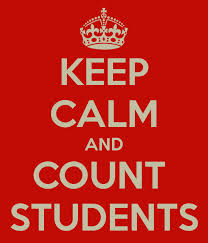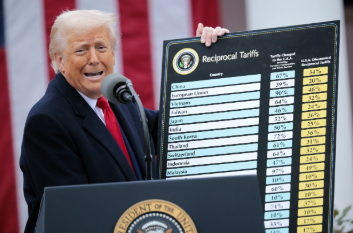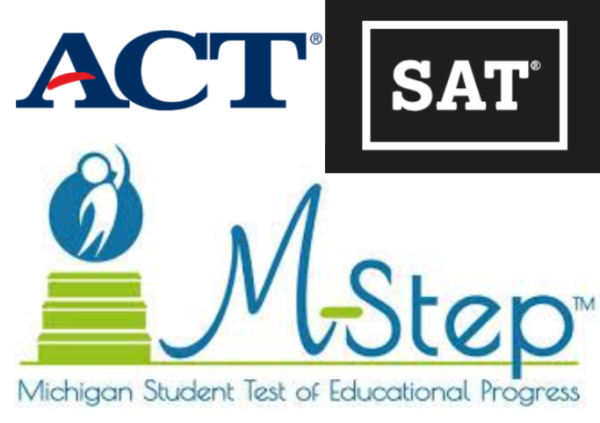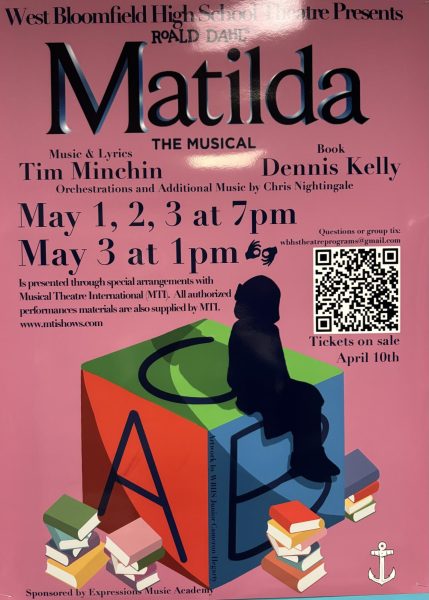You Can Count on Count Day

Wednesday, February 11th, West Bloomfield High School (WBHS) and every school district across Michigan participated in the all important “Count Day.” “Count Day is the way that a school verifies to the State of Michigan how many students it has,” says WBHS vice principal Eric Pace, “There are two count days every year, one on the first Wednesday of October and one on the first Wednesday of February. The way that money gets distributed from the state to the school is based on the number of students that attend on those days,” he adds. Before proposal A was passed, declaring Count Day as the only source of government funding for public schools, funding was based on local property taxes where money was given to the district based on the affluence of the area where the district was located. Many concerned citizens saw that there was an unequal distribution of the money, due to the fact some districts have higher property taxes than others.
This in turn led to a very large gap in school funding, especially when districts such as Bloomfield Hills with a set amount of $11,934 per pupil are compared to districts such as Detroit with a set amount of $7,296. The government felt that this was unfair, so proposal A was passed, making the use of property taxes to fund schools illegal. Since then, the gap has lessened, but 50 districts statewide with higher property taxes, like Birmingham and West Bloomfield, set a rule called a “hold-harmless clause”. This clause states that state-funding for a school can not go below a previously set amount. Ideally, this clause stopped wealthier districts from having to worry about their revenue decreasing significantly. However, as times change and technology in education become more important and expensive in schools, wealthier districts are wishing that they had set a higher amount when creating the clause. Less affluent districts are growing more concerned as well, seeing that their set amount in changing times puts them at a disadvantage as well.
In speaking on how Count Day affects WBHS, Pace remarks, “It affects everything.” A certain amount of dollars is given per pupil by the State, and WBHS’ total student population of 1,699 students is given the set amount of $8,726. “The reason why there are two Count Days is because a school population will change throughout the year, resulting in a ‘blended count’, a comparison of the previous Count Day’s population to the present one,” Pace says. Unfortunately, the most recent “blended count” has shown a decrease in pupil attendance, with a staggering transition from a 1,743 student population in October 2013 to a population of 1,691 in October of 2014 (needless to say, there has been a miniscule increase in student population by a total of 8 students this year). With 90% of total funding coming from October and only 10% from February, the recent WBHS statistics can be a little nerveracking as they will result in some budget cuts due to the decrease in attendance. Pace assures, however, that if budget cuts occur, they will be, “as far away from students as possible.”
Interestingly enough, the decrease in population says a lot about the socioeconomic statistics of the West Bloomfield area. It is an overwhelming combination of a recent decrease in overall birth rates as well as, surprisingly, a result of the Great Recession of ’08. Some families had to leave the West Bloomfield area to find work after the recession, causing a decrease in population as a whole; fewer families equals fewer children which in turn results in a lower amount of students attending the schools. After a budget amount has been given, by June 30 all schools must submit a report as to how they will use their money. “Teacher salaries, retirement, books, you name it and that’s how we are paying for it. The only things that don’t fall under that exact dollar amount like some special education programs and other governmental programs like ‘Title One’, these are called categorical programs and it is the State’s job to pay for these, not the school’s” says Pace.
In short, Count Day is often viewed as a relatively boring governmental funding program that really is not relevant (in students’ opinions). However, students need to realize how significantly this government operative affects the schools they attend. The subject of debate for many years, Count Day is practically the only way a school can receive its funding and it is all based on the amount of students that attend on Count Day. Cynics would say that this would mean students are viewed as just dollar signs rather than individuals when, in reality, all of the money received on Count Day goes straight to bettering the education of the student body.
Your donation will support the student journalists of West Bloomfield High School. Your contribution will allow us to purchase equipment and cover our annual website hosting costs.









